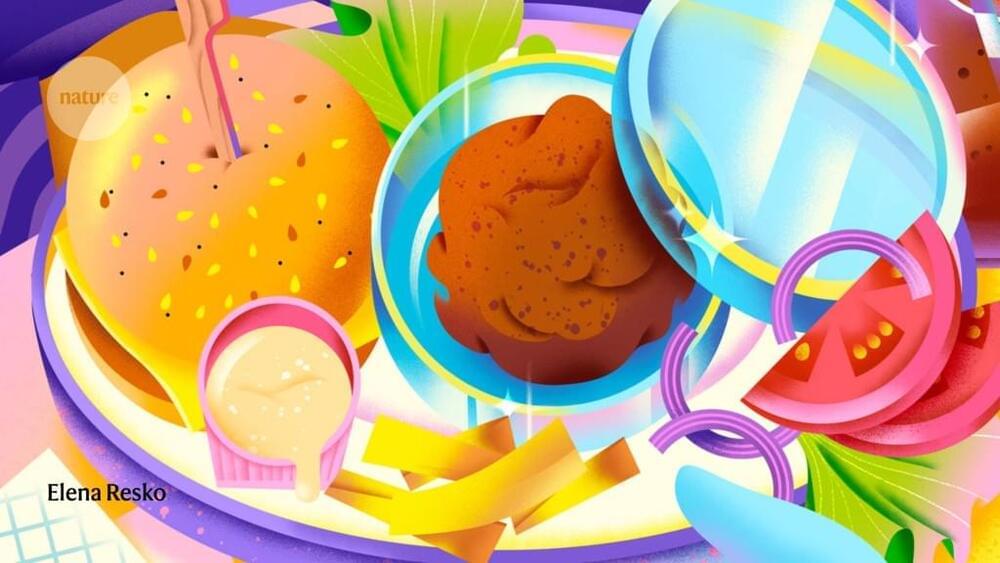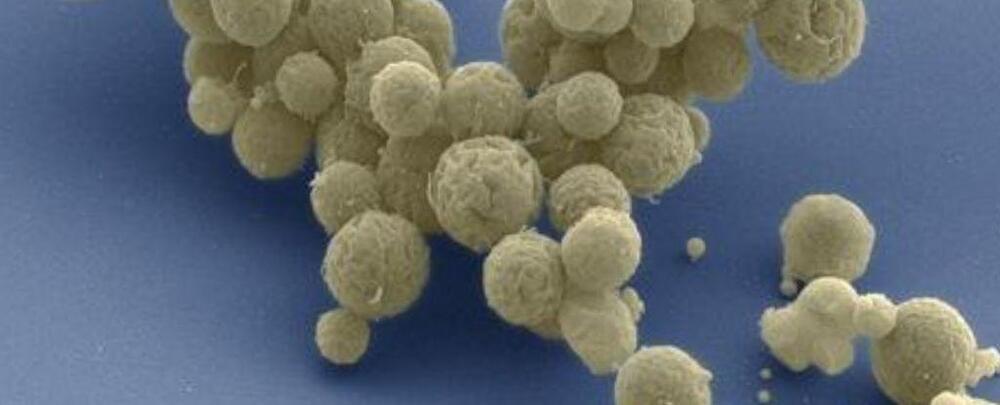Build foundational knowledge of generative AI, including large language models (LLMs), with 4 short videos and get your badge for LinkedIn.




New research by the University of Liverpool could signal a step change in the quest to design the new materials that are needed to meet the challenge of net zero and a sustainable future.
Published in the journal Nature, Liverpool researchers have shown that a mathematical algorithm can guarantee to predict the structure of any material just based on knowledge of the atoms that make it up.
Developed by an interdisciplinary team of researchers from the University of Liverpool’s Departments of Chemistry and Computer Science, the algorithm systematically evaluates entire sets of possible structures at once, rather than considering them one at a time, to accelerate identification of the correct solution.


“It tastes like chicken.” That’s a common review of UPSIDE Foods’ new trial product. Perhaps that’s not surprising: it is, after all, chicken — at the cellular level. But the fillets are not from a slaughterhouse. They are grown in bioreactors in an urban factory in California.
Alittle over a decade ago, only a handful of researchers were investigating the potential of laboratory-made meat. The world’s first cultured beef burger, which reportedly cost US$325,000, was made by Maastricht University biomedical engineer Mark Post, who ate it at a press conference in 2013. Such products are now much closer to market: more than 150 companies around the world are working on cultured meat (from ground beef to steaks, chicken, pork and fish), milk or related ‘cellular agriculture’ products, including leather.
Companies making cultured meat are attracting billions of dollars of investment. Here are their biggest challenges.

Camera sensitive enough to spot a single photon finally achieved by researchers in colorado.
A team of researchers from the National Institute of Standards and Technology in Boulder, Colorado, has successfully developed a super-sensitive camera capable of detecting a single photon.
This remarkable achievement opens up new avenues for scientific exploration and holds significant potential for applications in quantum computing, communications, space exploration, and medical research.
Sponges might not look like particularly complex animals, but they’ve had billions of years to evolve their own special systems. And one of those systems might involve sending messages through their body in the form of light.
Hosted by: Rose Bear Don’t Walk (She/Her)
———
Support SciShow by becoming a patron on Patreon: https://www.patreon.com/scishow.
———
Huge thanks go to the following Patreon supporters for helping us keep SciShow free for everyone forever: Matt Curls, Alisa Sherbow, Dr. Melvin Sanicas, Harrison Mills, Adam Brainard, Chris Peters, charles george, Piya Shedden, Alex Hackman, Christopher R, Boucher, Jeffrey Mckishen, Ash, Silas Emrys, Eric Jensen, Kevin Bealer, Jason A Saslow, Tom Mosner, Tomás Lagos González, Jacob, Christoph Schwanke, Sam Lutfi, Bryan Cloer.
———
Looking for SciShow elsewhere on the internet?
SciShow Tangents Podcast: https://scishow-tangents.simplecast.com/
TikTok: https://www.tiktok.com/@scishow.
Twitter: http://www.twitter.com/scishow.
Instagram: http://instagram.com/thescishowFacebook: http://www.facebook.com/scishow.
#SciShow #science #education #learning #complexly.
———
Sources:
https://www.pnas.org/doi/epdf/10.1073/pnas.0307843101
https://www.sciencedirect.com/science/article/pii/S0022098108004085
https://www.sciencedirect.com/science/article/pii/S0956566305001296
https://journals.sagepub.com/doi/pdf/10.1369/0022155413502652
https://academic.oup.com/icb/article/53/1/103/627237
https://link.springer.com/article/10.1007/s11434-012-5241-9
https://febs.onlinelibrary.wiley.com/doi/full/10.1111/j.1742…09.07552.x.
https://pubmed.ncbi.nlm.nih.gov/10966452/
https://blogs.scientificamerican.com/a-blog-around-the-clock…an-clocks/
https://www.frontiersin.org/articles/10.3389/fmars.2017.00327/full.
https://www.cell.com/iscience/pdf/S2589-0042(22)00707-6.pdf.
https://www.ncbi.nlm.nih.gov/pmc/articles/PMC3309880/
https://ucmp.berkeley.edu/porifera/pororg.html.
https://pubmed.ncbi.nlm.nih.gov/12931176/
Image Sources:
https://www.gettyimages.com/detail/video/huge-diversity-of-w…popup=true.
https://www.gettyimages.com/detail/video/indopacific-bottlen…popup=true.
https://www.gettyimages.com/detail/video/seascape-of-coral-r…popup=true.
https://www.gettyimages.com/detail/photo/seascape-with-stove…popup=true.
https://www.gettyimages.com/detail/photo/orange-rubber-spong…popup=true.
https://www.gettyimages.com/detail/photo/yellow-sea-sponge-r…popup=true.
https://www.gettyimages.com/detail/photo/glass-sponge-sea-li…popup=true.
https://www.gettyimages.com/detail/photo/elephant-ear-sponge…popup=true.
https://en.wikipedia.org/wiki/Venus%27_flower_basket#/media/File: Sponge_Spicules_of_Euplectella.jpg.
https://commons.wikimedia.org/wiki/File: Euplectella_aspergillum_Okeanos.jpg.
https://www.google.com/url?q=https://link.springer.com/conte…-u6FwMWtOB
https://www.gettyimages.com/detail/photo/fiber-optic-purple-…popup=true.

https://link.springer.com/content/pdf/10.1007/s11434-012-5241-9.pdf.
https://www.gettyimages.com/detail/video/warty-comb-jellyfis…popup=true.
https://www.gettyimages.com/detail/photo/fiber-optical-cable…ht%2Bfiber.
https://www.gettyimages.com/detail/video/close-up-of-the-red…popup=true

Single-celled life forms need just the simplest of evolutionary footholds to get a leg up in their environment.
Even an extremely minimal cell that contains just 493 genes can mutate and adapt to improve its fitness, researchers say – a critical step in the persistence and stability of life that has now been demonstrated in the laboratory.
The insights come from a new study by a team of researchers from the US and Brazil, which stripped a cell of all but its essential genes to see if it could still evolve.


Tesla delivered upwards of 466,000 vehicles in the second quarter — 20,000 more than Wall Street’s consensus forecast of about 446,000, it revealed on Sunday. Jim Chanos waved away the strong showing on Twitter, saying it was fueled by price cuts and firmly priced into Tesla’s current valuation.
“Again, ‘blown away’ is a 4% beat on deliveries with huge price cuts? The $800B valuation might just be discounting that…$TSLA,” he tweeted about Elon Musk’s electric-vehicle company.
“Is ‘massive’ 4% for a stock at 10x revenues…? Shouldn’t a company trading at that valuation always exceed expectations? $TSLA,” the short seller wrote in a second tweet.